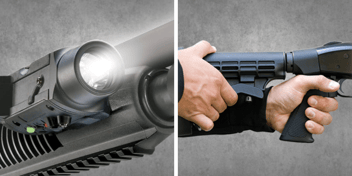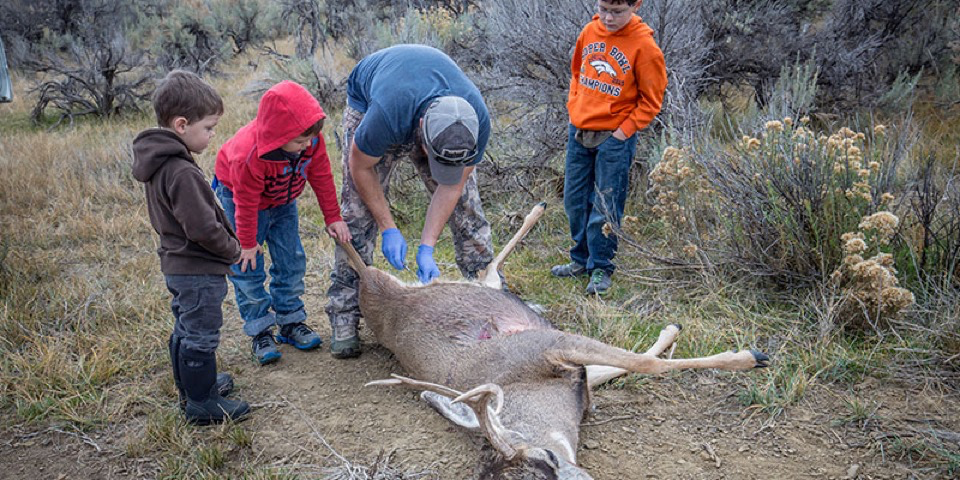
We’ve all been there. Glassing hard at that buck while trying to make a quick decision as to whether this particular buck is the buck you want to shoot. It has taken me some time to learn to field judge my muleys. I can thankfully say I have evolved past asking, “Is he a shooter?” to “I think I’ll pass.” Or better yet…“ He shall be mine!”
Disclaimer: This blog is by no means instructional as to how to do B&C scoring in the field. It is simply a listing of some quick tips to determine if the animal you are glassing is the animal you wish to harvest. And again, every hunter has different goals in terms of what caliber/size of buck they desire. Some hunters are strictly looking to fill the freezer, thus any legal buck is in the books. Some are looking to simply outscore their current record. Some are looking for the monster. Either way, these tips will help you estimate the caliber of the buck you are glassing.
Keep in mind, any single one of these measurements does not necessarily make a trophy animal. It is often a combination!
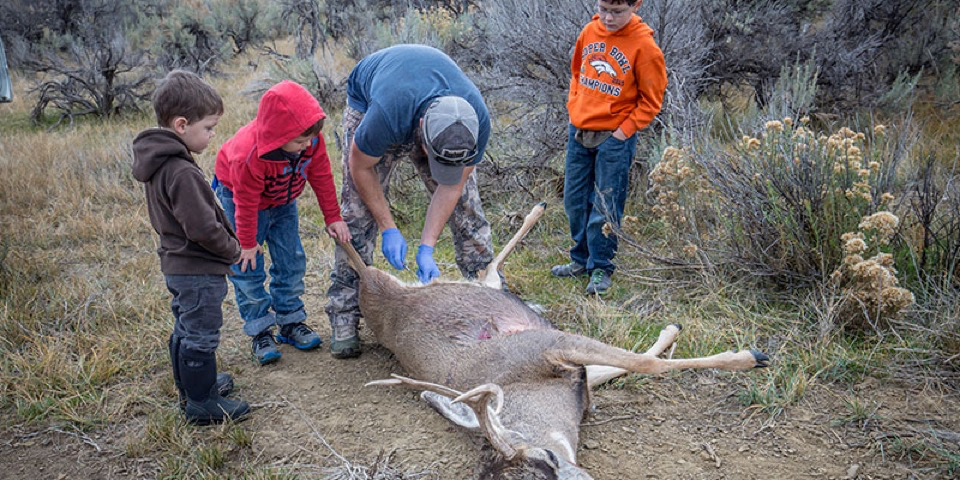
Width
While many hunters will not settle for anything smaller than a 30-inch spread, this is not the case for all hunters. Being able to guesstimate the width of the rack is relatively easy. The distance from ear tip to ear tip on most mule deer is usually very close to 20 inches. Thus- if a buck's antlers are roughly 3 inches past the outside of his ears- you can estimate him to have a 26-inch spread.
Length
A buck with 4-inch or longer brow tines is typically (but not always!) considered a good buck. Then quickly move down the tines to try to estimate. A good buck should fall around the following:
- Back Forks: Exceeds 12 inches on the G-2
- G-3: At least 6 inches
- G-4: 10+ inches.
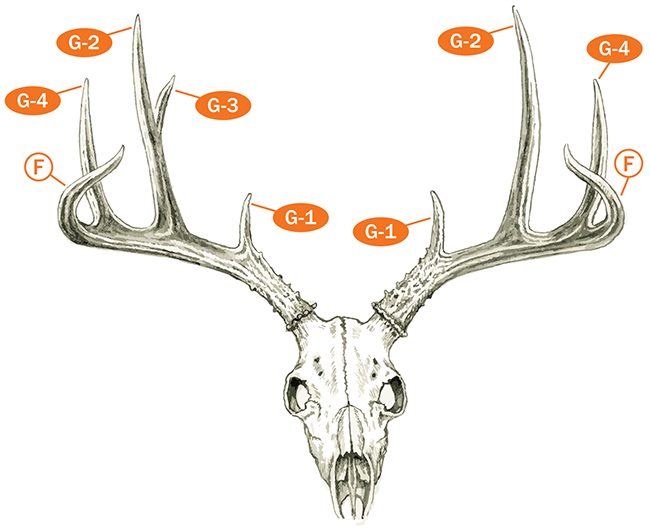
Photo courtesy of Journal Hunting
Again, you can use the 20” measurement from ear tip to ear tip to help give you a gauge to measure. Often, a hunter simply doesn’t have time to really measure up, so I suggest practicing a bit.
Mass
While there are a lot of ways to measure mass quantitatively, it is not really practical in the field for most hunters. Simply consider the mass of the main beams and determine if he is heavy horned and what you have your proverbial sights set on.
Symmetry
It is of course each hunter's call to determine whether he/she is wanting a typical vs. non-typical buck. If you are looking for a record book animal, consider symmetry. Try to quickly match tines and main beams and make the decision.
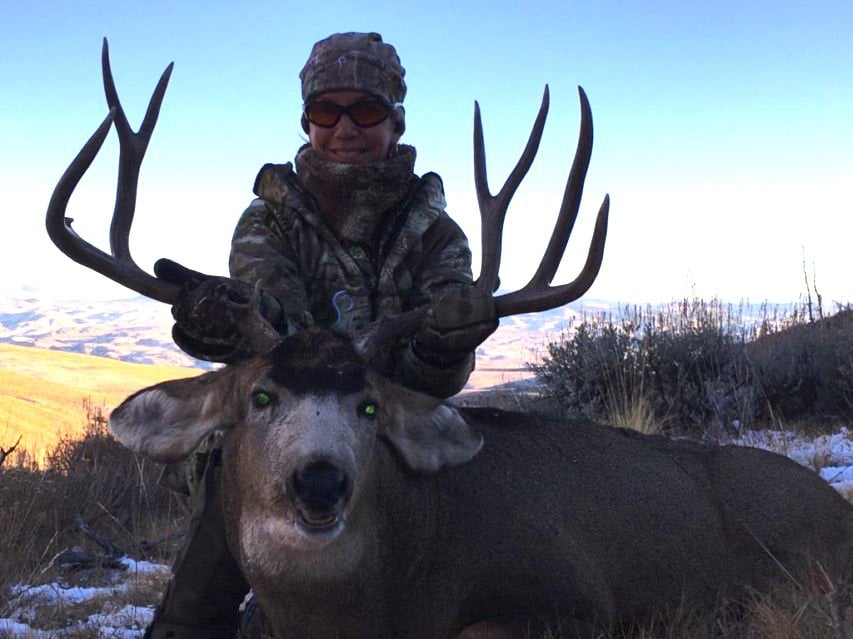
Never Judge from the Back
Oh, have I been fooled by this! It’s easy to get excited about a buck as he is walking away from you. His antlers will invariably look much bigger from the back. Consider the fact that you won’t get a good look at his ears from this angle, so the tip-to-tip estimation will be skewed from a rearview angle. Try to give him some time to turn so you can get a true estimation of his width.
Velvet
Bucks in velvet may indeed look bigger on the hoof than when they are actually scored. It is safe to assume a 5% deduction in the score (if this matters to you!) for velvet.
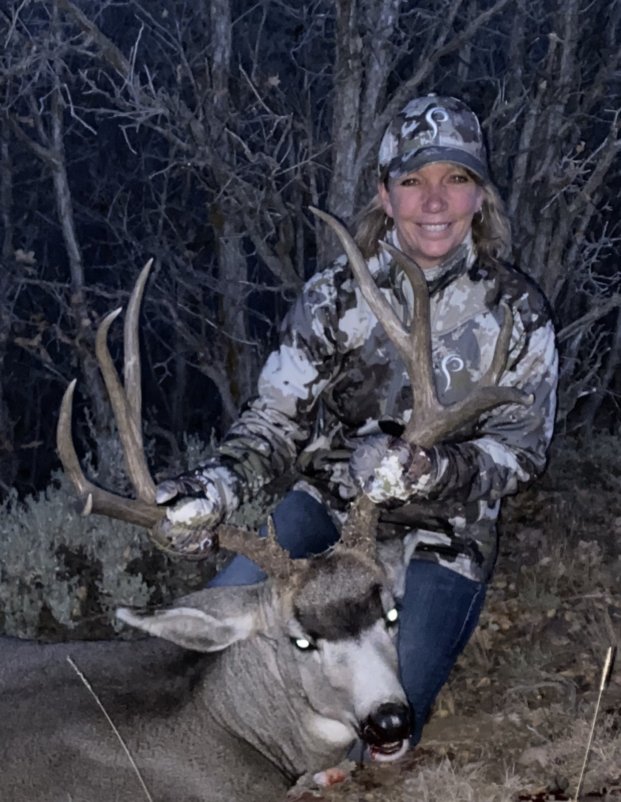
Junk
Don’t forget to factor in any of the stickers and trash coming from those antlers!
Again, measurement estimation in the field takes practice, but following a few of these tips can help you decide if the buck you are considering is the buck you want. At the end of the day, a trophy animal is simply whatever you deem as your trophy!
About the Author


